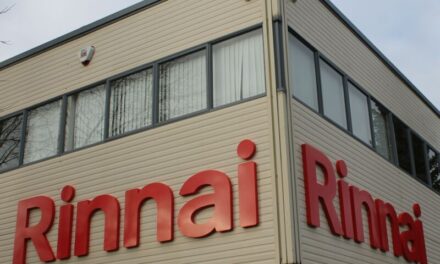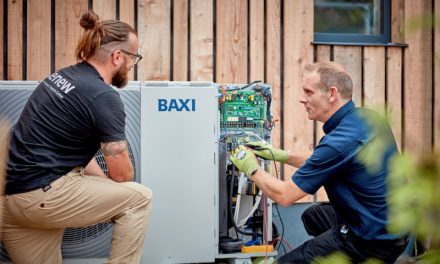 ELECSA, the renewable energy certification body, has stated that the long term level of financial incentive to stimulate the take-up of solar PV may finally be FiT for purpose.
ELECSA, the renewable energy certification body, has stated that the long term level of financial incentive to stimulate the take-up of solar PV may finally be FiT for purpose.
From July 2012 the level of the Feed-in-Tariff (FiT) could help reinvigorate the sustainable take-up of solar PV and help smaller installers to diversify into renewables, claim ELECSA.
However, there is still short term uncertainty over the level of the FiT between now and April as energy minister Gregg Barker announced that DECC would appeal to the Supreme Court over a High Court ruling that the government had acted unlawfully by halving the subsidy from 43.3p to 21p per kw/h before the end of the official consultation into the level of hand-out.
“That decision prompted a gold rush of solar installations ahead of the artificially created 12th December deadline for 43.3p. This had a negative impact upon the level of the FiT going forward and created uncertainty for many installers who had invested heavily in renewable technology as part of their business plans,” said Griff Thomas, technical manager, microgeneration & renewables at ELECSA, the certification arm of the ECA.
“Looking beyond the legal action, the government strategy is looking more sustainable for Microgeneration Scheme Certificate (MCS) holders as there will be a FiT going forward, whereas the fear was that there would be no money left in the pot.”
“We must keep a sense of perspective because the FiT was always going to be gradually reduced in line with take up once the renewables industry had been kick started and householders had become more accepting of the alternatives available to take more control of their household bills. It was never meant as a permanent payment,” he added.
Up until July, the FiT will be pegged at 21p for installations with an eligibility date from 3rd March. From July the proposal is that future FiT rates will be linked to total installed capacity – adjusting the rates paid to reflect the amount of work being done. The volume of installation work will be monitored between 3rd March and the end of April. A higher than anticipated installation base will have a more dramatic effect on the future tariff rate in order to manage the ongoing budget situation. If it is lower than expected the cut will be less severe to keep the market stimulated.
On the future of the feed in tariffs more generally, the government’s new consultation outlines an ongoing programme of six monthly ‘degression’ for solar PV tariffs that builds in automatic reviews and triggers for the industry to ensure that surprise cuts do not disadvantage businesses. There are also proposals to reduce the period for which solar PV tariffs should be applied from 25 to 20 years and having a link to the energy efficiency of the property.
From 1st July, properties with Band D energy performance or better will be able to qualify for FiT payments. This has been downgraded from energy band C in line with industry comment to be more inclusive, so will attract more take-up. Properties that have an energy performance rated lower than D will only qualify for the stand alone rate of 8.9p.
“This has been criticised by green groups, but realistically the government position is not simply across solar, but also for other tariffs including small scale wind.
“Governments in other parts of Europe are also reviewing downward their FiTS in line with the long term gains and the affordability of the programmes – and the need for government to wean the industry off subsidies,” added Thomas.
The consultation will close on 3rd April 2012. The government has suggested that the proposals will allow for greater forward planning and budgeting for households and businesses whilst protecting the taxpayer from subsidising the industry when prices fall.




